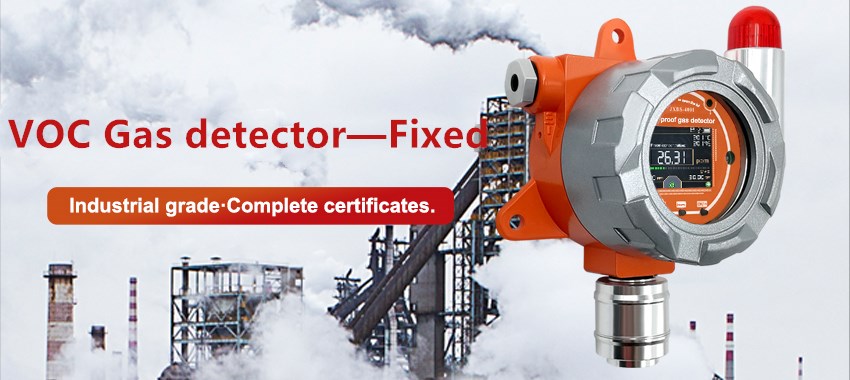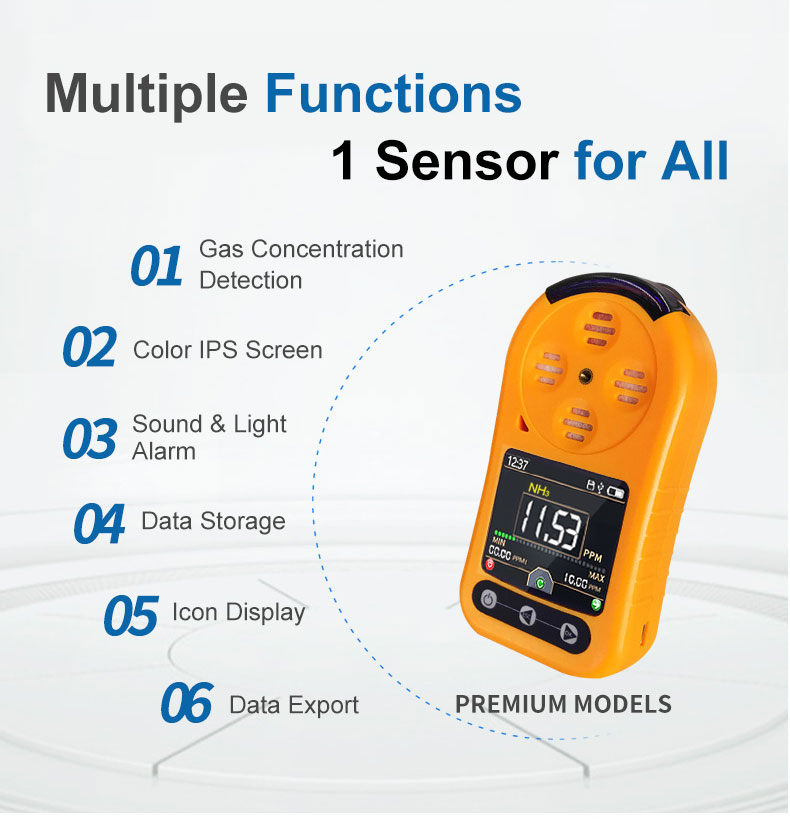In order to detect and quantify the concentration of volatile organic compounds, we develop VOC sensor. Volatile organic compounds (VOCs) are organic chemicals that evaporate at room temperature and contribute to indoor air pollution. They come from a variety of sources, such as building materials, furniture, cleaning products and personal care items. In this article, we will explore the concept of volatile organic compound sensors, their functions, benefits, and their significance in monitoring and improving indoor air quality.
Understanding VOC Sensors:

VOC sensor, also known as volatile organic compound detectors or VOC monitors, are devices designed to measure and indicate the concentration of VOCs in indoor environments. These sensors utilize various technologies to detect and quantify VOC levels, providing valuable information for maintaining healthy indoor spaces.
Functioning and Importance:
a. Indoor air quality assessment: VOC sensors play a crucial role in assessing indoor air quality by monitoring VOC concentrations. High levels of VOCs can cause adverse health effects, such as eye and respiratory irritation, headaches, and even contribute to long-term health issues. VOC sensors provide real-time data, enabling timely interventions to reduce exposure and improve indoor air quality.

b. Source identification: VOC sensor assist in identifying specific sources of VOC emissions. By analyzing the sensor readings, building occupants and professionals can pinpoint potential contributors to VOC pollution, such as faulty HVAC systems, building materials, or chemical products. This knowledge aids in implementing targeted remediation measures.
c. Occupant comfort: VOC sensor contribute to occupant comfort by ensuring pleasant and healthy indoor environments. Monitoring and controlling VOC levels enhance the overall well-being of individuals, promoting productivity, reducing absenteeism, and creating more enjoyable living and working spaces.

d. Energy efficiency: VOC sensor can support energy conservation efforts by optimizing ventilation systems. Instead of relying on continuous airflow, sensors can detect VOC levels to determine appropriate ventilation rates. This prevents excessive energy consumption, as ventilation is only increased when VOC concentrations exceed acceptable levels.
Types of VOC Sensors:
a. Metal-oxide semiconductor (MOS) sensors: MOS sensors are widely used in VOC sensors. They operate based on the change in resistance of a sensing material when it comes into contact with VOCs. MOS sensors are relatively inexpensive and offer rapid response times.
b. Photoionization detectors (PID): PID sensors utilize ultraviolet light to ionize VOCs, enabling their detection. These sensors are highly sensitive, capable of detecting low levels of VOCs, and are often used in industrial settings or for specific applications where accuracy is critical.
c. Gas chromatography-mass spectrometry (GC-MS): GC-MS is a laboratory technique used for accurate and comprehensive VOC analysis. While not commonly used for real-time monitoring, GC-MS provides detailed information about the specific compounds present in the air.
d. Solid-state sensors: Solid-state VOC sensor employ innovative technologies, such as nanomaterials or conductive polymers, to detect VOC concentrations. These sensors offer advantages such as low power consumption, high sensitivity, and miniaturization, making them suitable for portable or wearable devices.
Conclusion:
VOC sensor play a crucial role in monitoring and improving indoor air quality by detecting and quantifying harmful volatile organic compounds. By providing real-time data and facilitating source identification, these sensors empower individuals and professionals to take appropriate actions to reduce VOC exposure and create healthier indoor environments. As awareness grows regarding the importance of indoor air quality, the use of VOC sensors will continue to increase, contributing to improved well-being, occupant comfort, and energy efficiency in various settings.